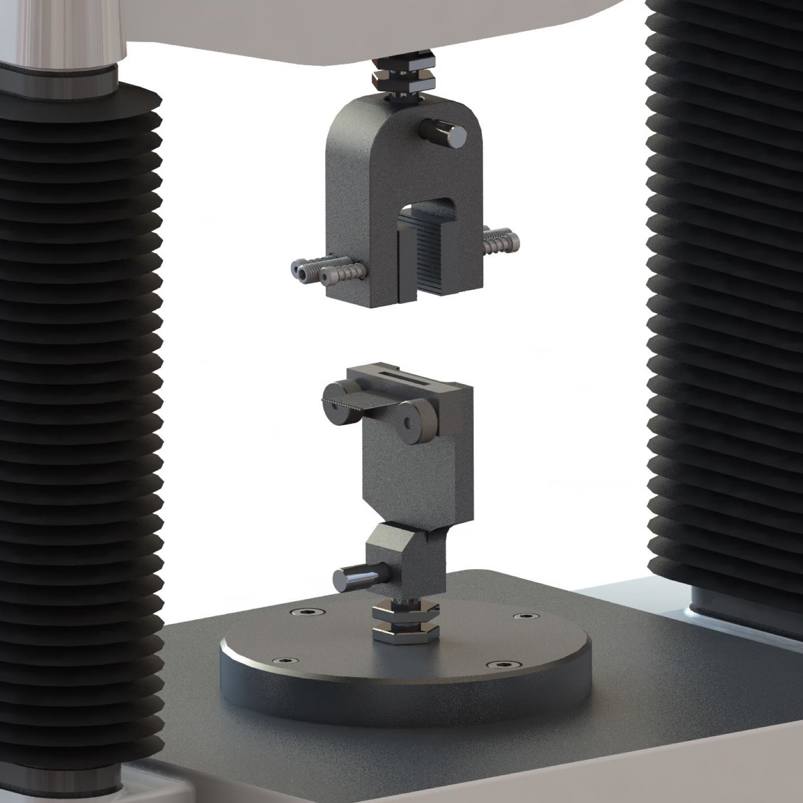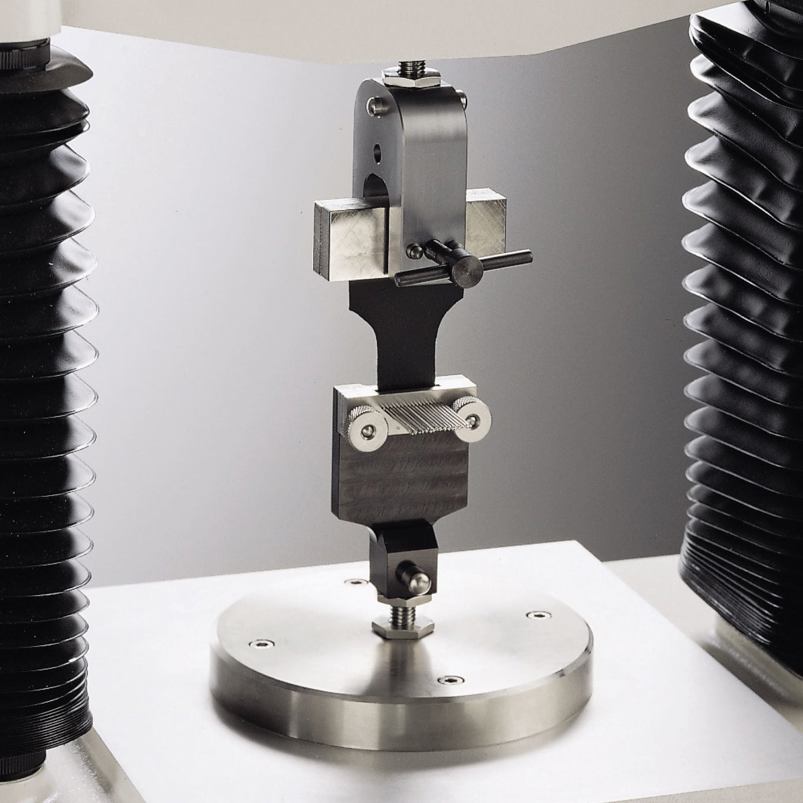Product overview
The measurement of leather stitching strength is important in the leather and textile industries for assessing the quality, durability, and performance of stitched leather products. Stitching strength refers to the force required to break or pull apart stitches in leather items such as bags, footwear, clothing, and accessories. Measuring stitching strength provides valuable information about the strength of seams and the overall integrity of leather products. Stitching is a critical component of many leather products, providing structural integrity. Measuring stitching strength ensures that products are built to withstand everyday stresses, extending their lifespan and improving overall durability.
Products with inadequate stitching strength may fail prematurely, potentially leading to accidents or injuries. Measuring stitching strength helps ensure that products are safe for consumers to use and is part of quality control processes that manufacturers use to ensure that products meet specified standards and are free from defects.
Different leather products require varying stitching strength levels based on their intended use and load-bearing requirements. Measuring stitching strength enables manufacturers to tailor products to specific needs. It also provides insights into the effectiveness of stitching materials and techniques used in product assembly. Manufacturers can evaluate different stitching methods to find the most suitable for their products. This includes evaluating stitch patterns, thread types, and stitch spacing.
This attachment is used for measurement of the strength of upper or lining material at the stitch line of footwear originating from either a single or multiple holes in the sample. It enables a row of 17 needles to be pushed through the full thickness of the material and the maximum tensile force to pull needles through the material in a perpendicular direction to the row is measured. The maximum force is divided by the width of the sample to give the strength perpendicular to the needle perforations.
This attachment meets the requirement of BS 5131.
Technical information
Installation
Full installation instructions are provided within the Education Zone of the latest Exponent/Connect software version and on the technical information sheet accompanying this product.
Chemical compatibility
Stable Micro Systems probes and attachments are commonly made from four materials: anodised aluminium (AA6082 T6), stainless steel (316 T), Delrin (acetyl copolymer) and Perspex (polycarbonate).
In general use, probes and attachments made from these materials will be suitable for testing food products and inert non-food materials.
The four materials listed above are not universally resistant to all types of chemicals and as such the compatibility of the probe/attachment material with the product (to be tested) must be established to prevent damage to the probes and attachments. If the compatibility of the product with the probe is unknown to the customer then the chemical information about the product (Material Safety Data Sheet or Product Data Sheet) should be submitted to Stable Micro Systems. Stable Micro Systems will then assess the suitability of the probe/attachment material for use with the product and advise accordingly. If this advice is not sought then Stable Micro Systems will not accept liability for probes/attachments damaged by chemical attack from the product being tested.
Cleaning and maintenance
All probes and attachments may be cleaned in warm (or hand hot) water using a mild detergent. A soft brush may be used but abrasive cleaning aids should be avoided. Stable Micro Systems products should not be microwaved or cleaned in a dishwasher.
Screw threads should be lightly lubricated after drying using a light lubricant, e.g. petroleum jelly, mineral oil. This will aid the fitting and unscrewing of the item. Each component of a probe or attachment should be wrapped separately when stored, to avoid scratching or chipping. This will safeguard against any unnecessary damage to the accessory.


